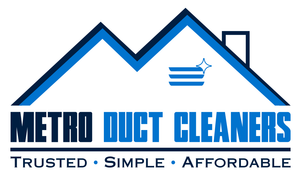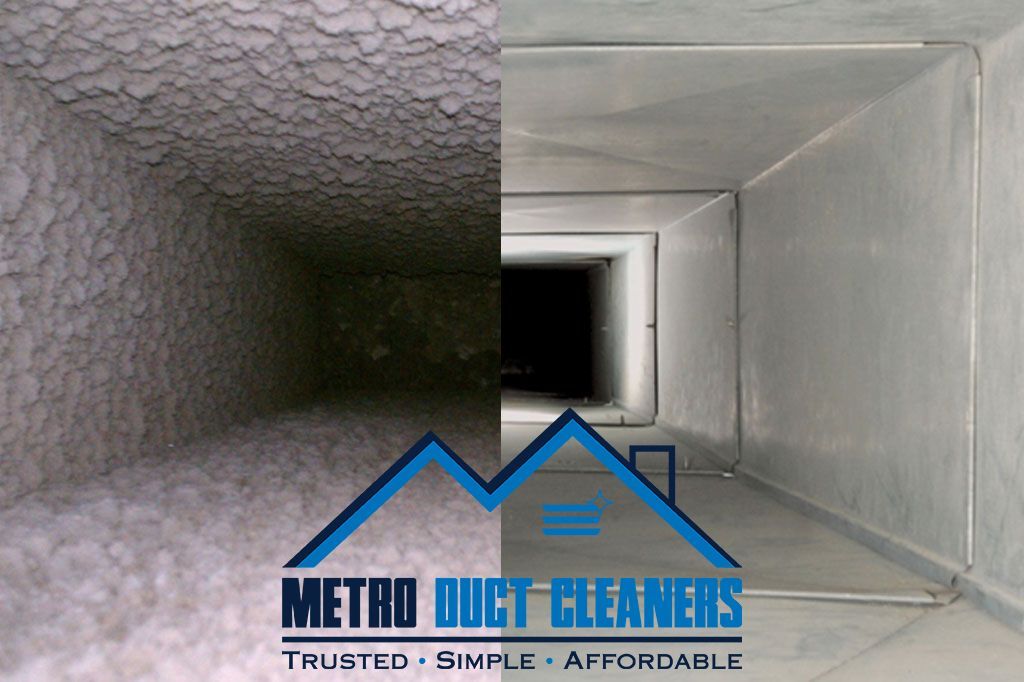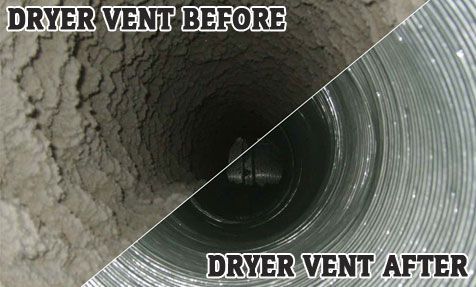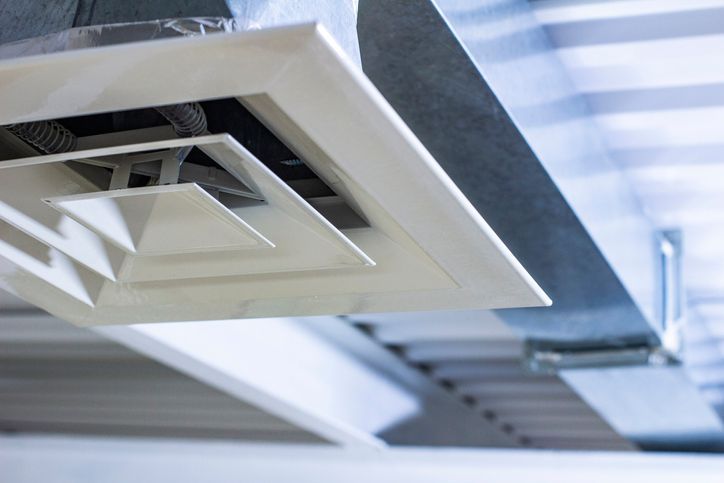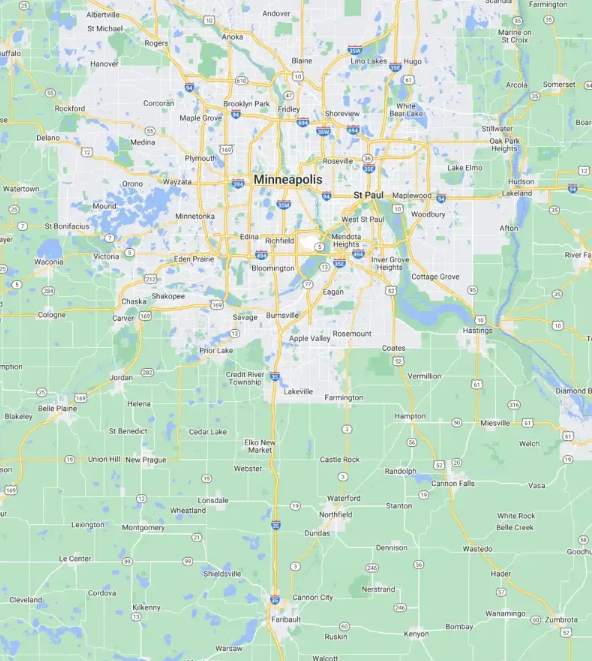Expert Air Duct & Dryer Vent Cleaning Services in Twin Cities, MN
At Metro Duct Cleaners, we understand the importance of having clean air ducts and dryer vents in your home or office. Our team of experts is committed to providing high-quality air duct and dryer vent cleaning services to ensure that the air you breathe is clean and healthy. We use state-of-the-art equipment and techniques to thoroughly clean your air ducts and dryer vents, removing dust, dirt, and other debris that can accumulate over time. We are locally owned and operated in Apple Valley, MN, serving the Twin Cities area.
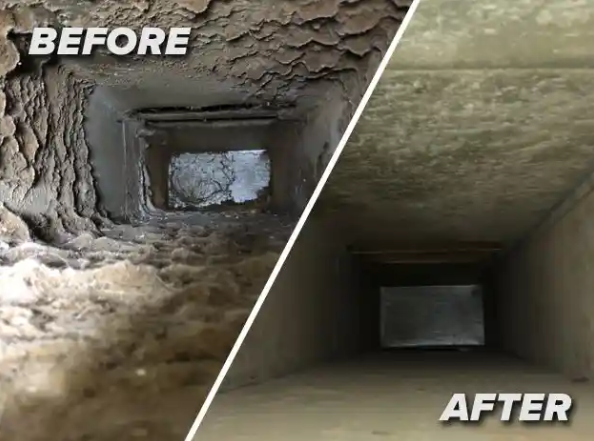
Our Air Cleaning Services
Air Duct Cleaning
- All supplies, returns, trunk lines and furnace cleaned out.
Starting at $499
Save 10% by Booking Online
Air Duct Cleaning + Dryer Vent
- All supplies, returns, trunk lines and furnace cleaned out.
- Dryer vent cleaned out from the dryer to the exit of the home.
Starting at $599
Save 10% by Booking Online
Air Duct Cleaning & Disinfect
- All supplies, returns, trunk lines and furnace cleaned out.
- Dryer vent cleaned out from the dryer to the exit of the home.
- Cleaned with BioVex T, which is an EPA approved and environmentally friendly disinfectant.
Starting at $699
Save 10% by Booking Online
Why Choose Metro Duct Cleaners?
At Metro Duct Cleaners, we pride ourselves on our professionalism, expertise, and attention to detail. We understand that every customer has unique needs and requirements, and we work closely with our clients to develop customized solutions that meet their specific needs. Whether you need air duct or dryer vent cleaning services for your home or office, we have the experience and expertise to do the job right.
Straightforward Pricing
We shoot it straight with our pricing; we quote what we charge.
Prompt Service
We will fit you in quickly and make sure things are done right.
Above Expectations
We’re relentless in our pursuit to deliver excellence.
Integrity & Kindness
We'll treat you with the dignity you deserve because we value people.
We Provide Our Quality Services to the Following:
Houses
Condos & Townhouses
Light Commercial
Laundromats
Hair Salons
Contact Our Team Today
If you are looking for reliable and professional air duct and dryer vent cleaning services in the Twin Cities, MN, area, look no further than Metro Duct Cleaners. Contact us today to learn more about our services and to schedule a consultation with one of our experts. We look forward to working with you!
